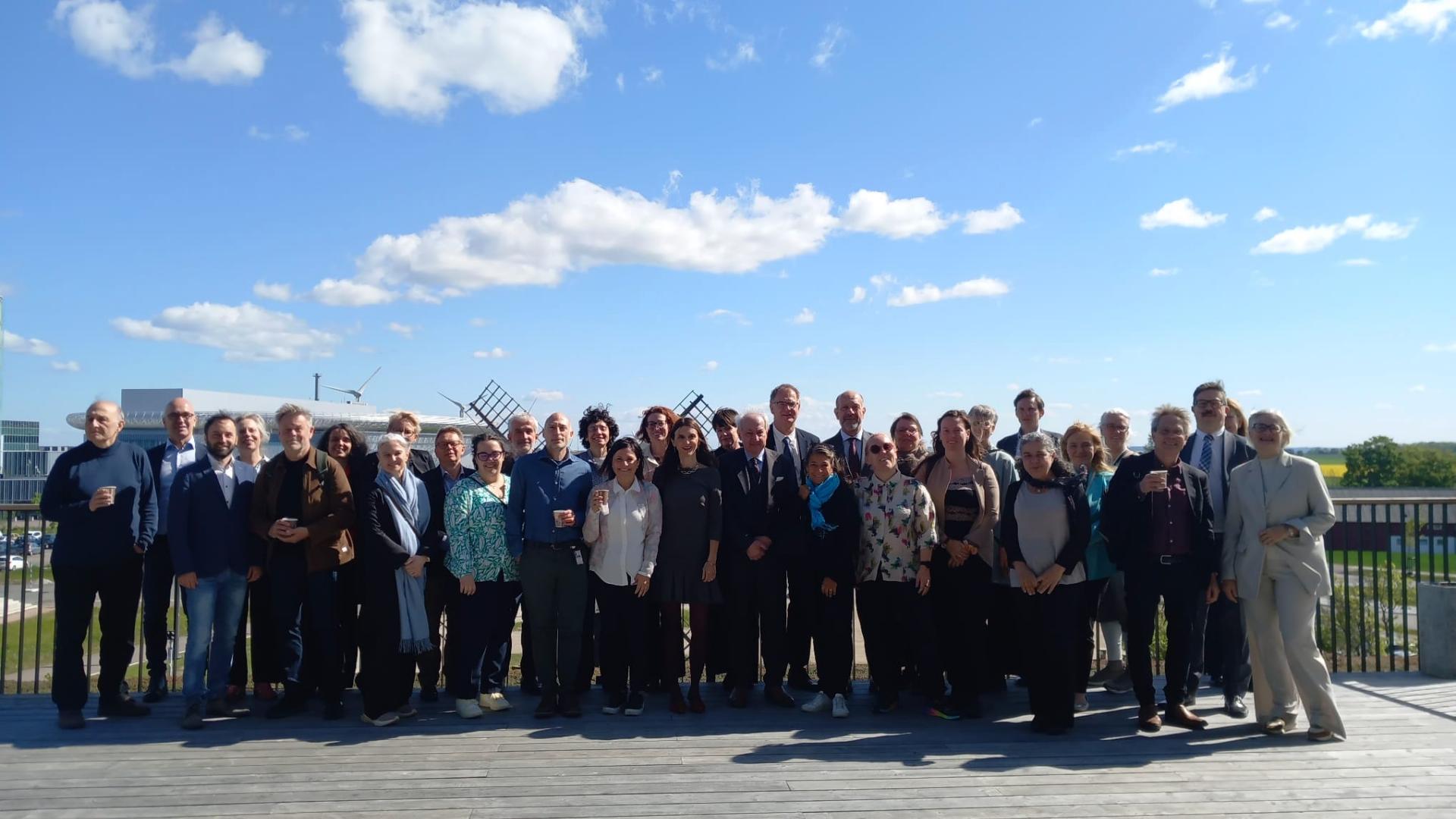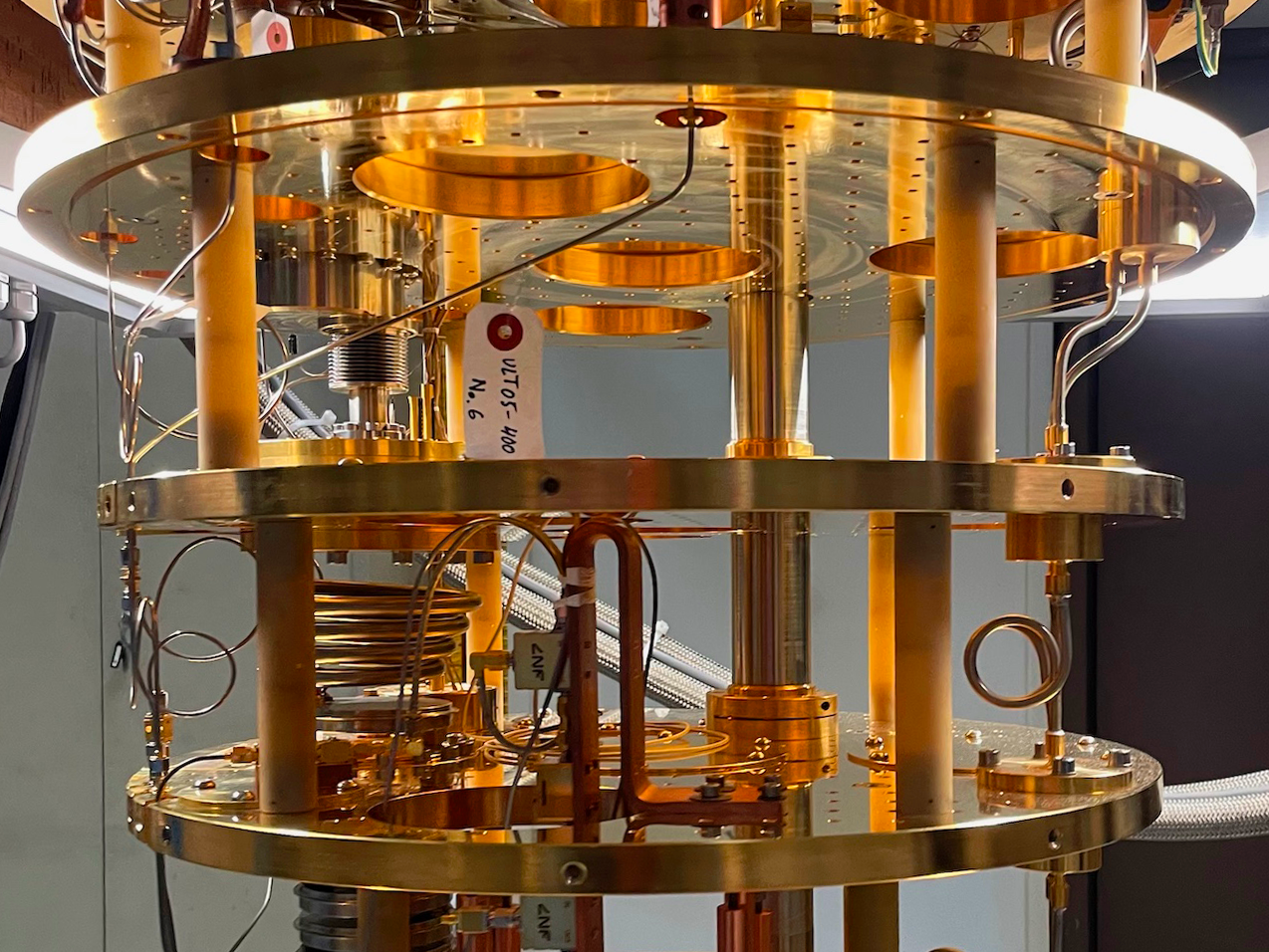On May 15 and 16, 2025, the Italian Embassy in Sweden celebrated the Italian Research Day in the World (GRIM2025) in Lund, an opportunity to promote a more modern and cutting-edge image of Italy in research and innovation, thanks to the contribution of the Italian heritage of excellence and skills that work abroad in multiple strategic sectors. The initiative promoted by the Italian Ministry of University and Research, with the support of the Ministry of Foreign Affairs and International Cooperation, brought together researchers working in universities and research centers in Sweden with scientific excellence from Italy. Dr. Anna Bianchi (INFN LNL) partecipated as speaker in the event.

